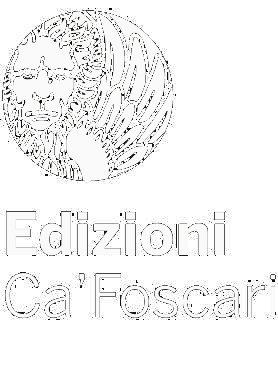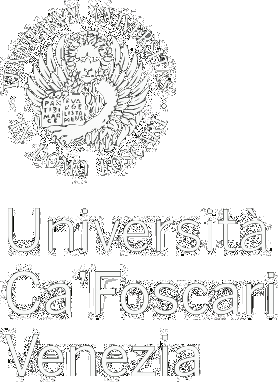
- search 335 views
- file_download 42 download
- keyboard_capslock metadata
-
mark_email_readIscriviti alla newsletter
Lesson Learned
American Art at the Paris World’s Fair of 1867
abstract
Displaying the most impressive recent inventions at the World’s Fair of 1867 in Paris, the United States projected a strong idea of a modern country. The board responsible for selecting art works was equally ambitious. Even though the Americans sent their best art to France with the specific goal of showing that their art was as great as their industrial achievements, the exhibition must be considered a complete failure on this ground. Most of the paintings, compared to the European examples, were behind current movements and altogether unimpressive. While American artists did not achieve the recognition they had hoped for, this essay investigates the reasons why the World’s Fair was a fundamental turning point for American art. The article also analyzes how the failures at the Paris event gave American artists a vision for improvement, illustrating that in the decades that followed many factors combined to elevate the quality of their works.
Keywords: American Artists • Art Exhibition • Paris 1867 • World’s Fair • American Art




